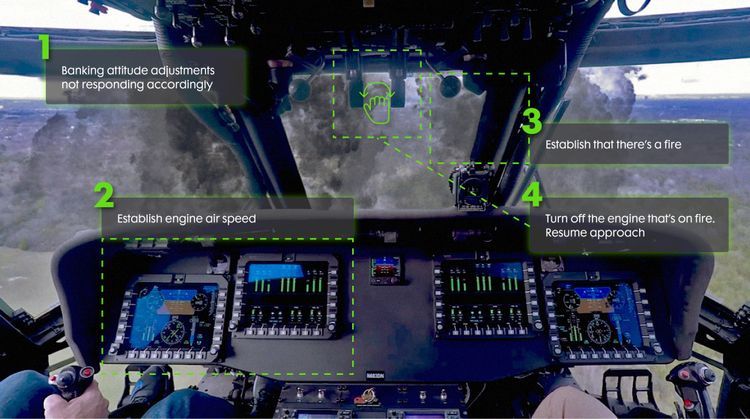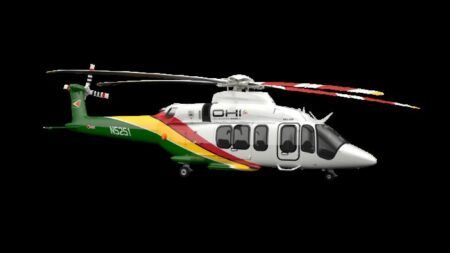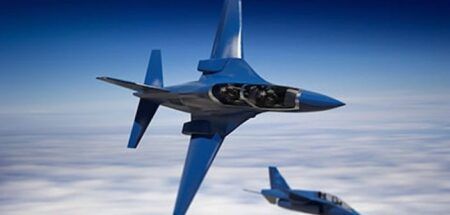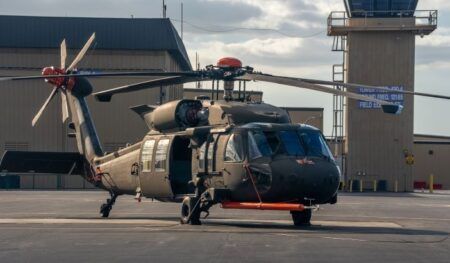Engineers at Northrop Grumman are to develop an AI assistant that will helicopter pilots avoid obstacles and adversary radar systems via alerts in an augmented reality headset.
The Perceptually-enabled Task Guidance (PTG) program will develop an Operator and Context Adaptive Reasoning Intuitive Assistant (OCARINA) that will support UH-60 Blackhawk pilots during both visual and instrumented flight.
The AI (artificial intelligence) assistant will work during various weather conditions and at different times of the day and while experiencing many other environmental factors. It aims to help pilots carry out expected and unexpected tasks.
“The goal of this prototype is to broaden a pilot’s skill set,” said Erin Cherry, senior autonomy program manager at Northrop Grumman. “It will help teach new tasks, aid in the recognition and reduction of errors, improve task completion time, and most importantly, help to prevent catastrophic events.”
Rotorcraft aircrews face numerous demands particularly when flying in close proximity to buildings, terrain, people and from the threat of adversary radar systems.
Warning systems, such as auditory alerts to increase altitude are commonly used to aid rotorcraft aircrew. However, studies have shown that inattentional blindness to such warnings can occur, which can make alerts ineffective for the aircrew.
The PTG program aims to develop AI technologies to help users perform complex mental and physical tasks. The goal is to provide users of PTG AI assistants with wearable sensors that allow the assistant to observe what the user perceives and know what the user knows, said Northrop Grumman
The system will use advanced information processing and an augmented reality interface so the AI assistant can provide feedback and guidance through speech and aligned graphics at the right place and time to assist the aircrew.
PTG is a US Defense Advanced Research Projects Agency’s program that is being carried out in partnership with the University of Central Florida .





